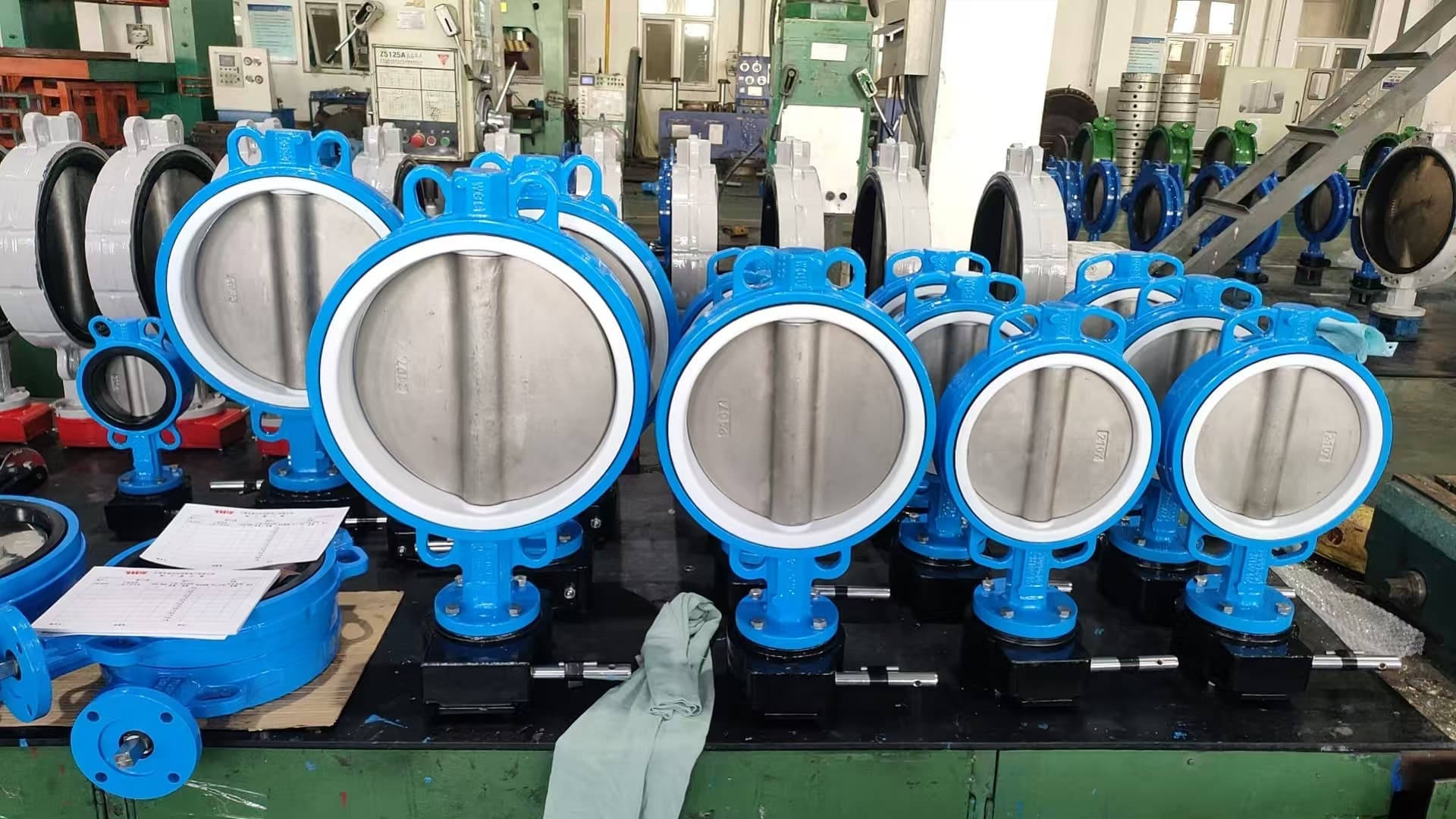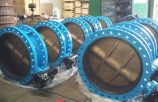Some precautions for using butterfly valves
 secureluokai
secureluokai
 May 22, 2025
May 22, 2025

I. Confirmation of Medium Flow Direction and Installation Orientation Specifications
1. Matching of Flow Direction Marks
During installation, strictly verify the medium flow direction arrow marked on the butterfly valve body to ensure it is completely consistent with the actual flow direction of the medium in the pipeline. This prevents valve opening/closing failure or degradation of sealing performance caused by reverse flow.
2. Installation Requirements for Horizontal Pipelines
Control of Stem Orientation: When installing on horizontal pipelines, the stem is recommended to be in a vertical upward position. If inclined installation is required due to space limitations, the inclination angle should be controlled within 30° to ensure smooth operation of the actuator.
Prohibition of Inverted Installation: The stem must not be installed downward to avoid accelerated wear of the stem seals due to long-term scouring by the medium, which may trigger leakage risks.
3. Considerations for Installation in Special Environments
For valves installed in covered trenches, pre-plan the installation location to ensure there is sufficient space for valve installation, debugging, maintenance, and daily operation after the cover is opened. This avoids affecting maintenance efficiency due to limited space.
II. Reserved Installation Space and Connection Sealing Key Points
1. Planning of Maintenance Space
Vertical Space: Leave a space above the valve no less than 1.5 times the valve height to facilitate operations such as removing the valve cover and replacing seals. Leave at least 500mm of clear distance below the valve for placing tools and temporary storage of components.
Horizontal Space: Leave an operating space on both sides of the flange-connected valve no less than the outer diameter of the pipeline to ensure normal use of tools such as wrenches.
2. Sealing Technology for Flange Connections
Flange Centering Requirements: When using flange connections, use a laser aligner or ruler to calibrate the parallelism and coaxiality of the two flange surfaces, with deviations controlled within ±1mm. This prevents excessive local compression of the gasket caused by flange misalignment.
Gasket Installation Specifications: Select gaskets that match the flange specifications. During installation, ensure the gasket center coincides with the flange hole center, without deflection or extension into the pipeline interior. Bolts should be evenly tightened 2-3 times in a diagonal sequence, with torque values complying with design documents or valve instructions (typically 40-60N·m, subject to product parameters).
III. Stress Control and Installation Accuracy Assurance
1. Avoidance of Additional Stress Damage
Connection Operation Taboos: Strictly prohibit compensating for installation errors by forcibly twisting the valve or pipeline, and avoid direct prying of the valve body with tools such as crowbars. Use a torque wrench during bolt tightening, following the principle of “symmetrical and uniform, step-by-step force application” to prevent valve body deformation or seal surface damage caused by local stress concentration.
Pipeline Coaxiality Requirements: Before welding or flanging the valve to the pipeline, use a wire suspension method or level gauge to detect the coaxiality between the pipeline axis and the valve axis, with deviations ≤2mm/m. This ensures the valve is not affected by abnormal thrust during fluid passage.
2. Post-Installation Condition Inspection
After installation, manually open and close the valve at least 3 times to check if the valve disc rotates flexibly and whether there is any jamming. Meanwhile, conduct a pressure test (test pressure is 1.1 times the design pressure), hold the pressure for 30 minutes, and observe for leaks at flange connections and packing glands to ensure installation quality meets standards.
Through the above standardized operations, the reliability of butterfly valve installation can be effectively improved, the failure rate during operation reduced, and the valve service life extended. During actual installation, further refine the operation process by combining specific working conditions (such as medium temperature, pressure level, corrosiveness, etc.) and design drawing requirements.
If you have any questions or inquiries, please feel free to contact us with sales@lokvalve.com or WhatsApp: +8618616568786




